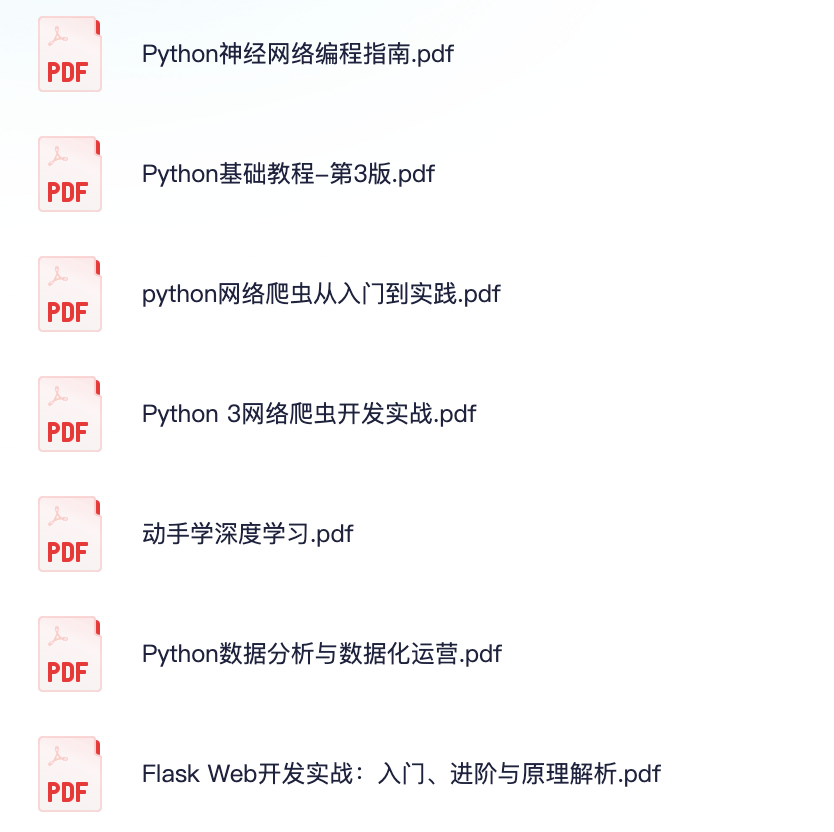Python制作动态爱心粒子特效
在计算机图形学中,粒子特效是一种通过大量小而简单的图像元素(粒子)来模拟大规模物理现象的技术。
所需库
首先,需要安装Pygame库。如果你还没有安装,可以使用以下命令进行安装:
pip install pygame初始化Pygame
导入库
import pygameimport randomimport math # 导入math库用于计算初始化Pygame
pygame.init()设置窗口大小和标题
window_size = (800, 600)screen = pygame.display.set_mode(window_size)pygame.display.set_caption("动态爱心粒子特效")定义爱心公式和粒子类
爱心公式

这些公式是基于参数t的,它决定了爱心形状上的点的位置。
t的计算方法:
在这个上下文中,t是一个参数,它通常在一个特定的范围内变化,以生成爱心形状上的所有点。这个范围通常是0到2π(或者,更一般地说,是任何能够覆盖一个完整周期的范围)。
粒子类
class Particle: def __init__(self, x, y): self.x = x self.y = y self.vx = random.uniform(-1, 1) self.vy = random.uniform(-1, 1) self.color = (random.randint(200, 255), 0, 0) # 随机红色渐变 self.size = random.randint(1, 6) # 粒子大小随机 self.life = 100 # 粒子生命值 def update(self): self.x += self.vx self.y += self.vy self.life -= 1生成爱心粒子
根据爱心公式生成粒子
def generate_heart_particles(num_particles): particles = [] t_values = [i * 0.05 for i in range(int(2 * math.pi * 10))] # 使用math.pi获取π值 for t in t_values: x = 16 * (math.sin(t) ** 3) y = 13 * math.cos(t) - 5 * math.cos(2 * t) - 2 * math.cos(3 * t) - math.cos(4 * t) for _ in range(num_particles // len(t_values)): particles.append(Particle(x + random.uniform(-20, 20), y + random.uniform(-20, 20))) return particles初始化粒子集合
particles = generate_heart_particles(200)主循环
设置主循环
running = Truewhile running: for event in pygame.event.get(): if event.type == pygame.QUIT: running = False更新和绘制粒子
screen.fill((0, 0, 0)) # 清除屏幕 for particle in particles[:]: # 使用[:]防止修改原列表 particle.update() if particle.life > 0: pygame.draw.circle(screen, particle.color, (int(particle.x), int(particle.y)), particle.size) else: particles.remove(particle) # 移除生命值耗尽的粒子更新屏幕
pygame.display.flip()控制帧率
pygame.time.Clock().tick(60) # 设置帧率为60fps退出Pygame
pygame.quit()优化和扩展
添加背景音乐:可以使用Pygame的mixer模块来加载和播放背景音乐。渐变色背景:可以使用Pygame的Surface对象来绘制渐变色背景。粒子交互:可以让粒子跟随鼠标运动,增加交互性。碰撞检测:可以添加粒子之间的碰撞检测,使效果更加真实。完整代码
以下是完整的代码
import pygameimport randomimport mathpygame.init()window_size = (800, 600)screen = pygame.display.set_mode(window_size)pygame.display.set_caption("动态爱心粒子特效")class Particle: def __init__(self, x, y): self.x = x self.y = y self.vx = random.uniform(-1, 1) self.vy = random.uniform(-1, 1) self.color = (random.randint(200, 255), 0, 0) self.size = random.randint(1, 6) self.life = 100 def update(self): self.x += self.vx self.y += self.vy self.life -= 1def generate_heart_particles(num_particles): particles = [] t_values = [i * 0.05 for i in range(int(2 * math.pi * 10))] for t in t_values: x = 16 * (math.sin(t) ** 3) y = 13 * math.cos(t) - 5 * math.cos(2 * t) - 2 * math.cos(3 * t) - math.cos(4 * t) for _ in range(num_particles // len(t_values)): particles.append(Particle(x + random.uniform(-20, 20), y + random.uniform(-20, 20))) return particlesparticles = generate_heart_particles(200)running = Truewhile running: for event in pygame.event.get(): if event.type == pygame.QUIT: running = False screen.fill((0, 0, 0)) for particle in particles[:]: particle.update() if particle.life > 0: pygame.draw.circle(screen, particle.color, (int(particle.x), int(particle.y)), particle.size) else: particles.remove(particle) pygame.display.flip() pygame.time.Clock().tick(60)pygame.quit()

